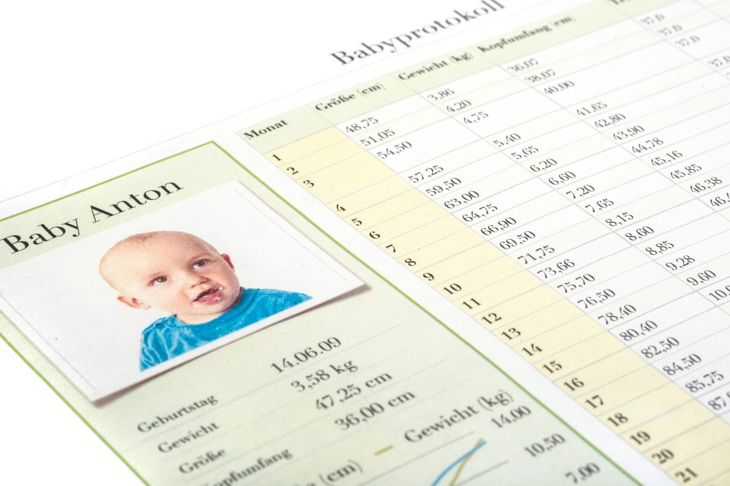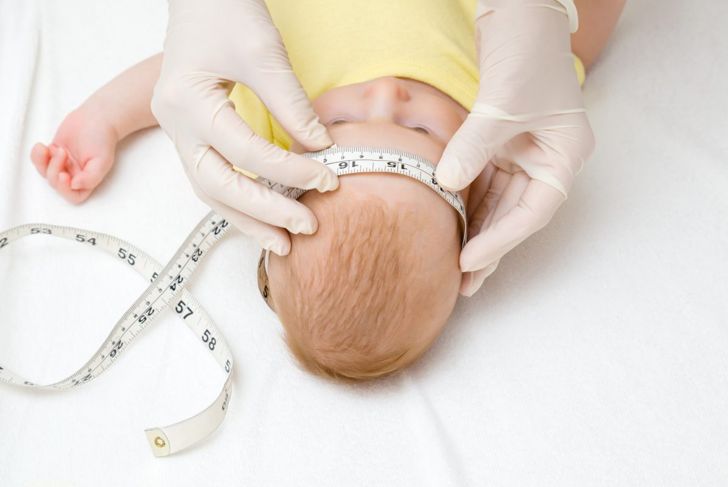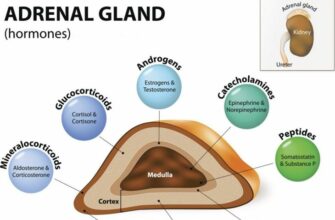As parents watch their children grow, monitoring their development is both a source of pride and anxiety. Many consult relatives about the genetic history of their family, talk to physicians, and scour the internet for information about what’s normal and what isn’t. One reliable source of information lies in height and weight charts provided by health institutes across the United States.
History of Height and Weight Charts
The idea behind the height and weight chart started with Count Philibert de Montbeillard, who measured his son’s height every six months for the first 18 years of his life. French naturalist George Buffon published this information in 1749 and formulated the first growth curve based on a child’s age. In 1977, the National Center for Health Statistics formed its own height and weight charts for physicians across the United States.
Charts for Males and Females
Most modern height and weight charts in the U.S. are divided by sex since boys and girls progress differently. Puberty can arrive at various times and cause various changes, so a model that utilizes one “average” height or weight for both sexes isn’t as effective.
Height and Weight Chart Information
Height and weight charts traditionally use the metrics for which they are named to determine whether a child is developing appropriately. Many have five columns, one giving the child’s age, and four showing the appropriate height and weight for each sex. Some height and weight charts also cite head circumference, body mass index, and waist circumference.
Reliable Height and Weight Charts
Educational and medical institutions generally provide reliable height and weight charts. Pediatric offices and healthcare providers also display them, and a pediatrician can provide further information on these guidelines. Scheduling a visit with your child’s primary care provider can help address any concerns.
Infants to Three-Year-Olds
The CDC’s height and weight charts can help parents during a child’s first few years. Their information indicates that the average one-year-old male weighs about 23 pounds and is about 29 inches, while the average female at this age is around 21 pounds and about 30 inches.
Height and Weight Charts for Two- to Five-Year-Olds
Parents will likely see rapid growth during a child’s preschool years. By the age of five, most females will be about 42 inches tall and 40 pounds. Males have a similar weight and height, standing around 43 inches and weighing 40 pounds. Growth at this age is rapid and generally linear, a pattern that continues in the later childhood and teen years.
Height and Weight Charts for Children to Adolescents
The parents of children and teens can expect their exponential growth to continue until they’re out of their tween years. For males, height continues to increase rapidly until about the age of 15, when growth slows. Their weight will continue to increase slightly more gradually than their height. Female increases in height slow dramatically by the age of 14, and weight gain also begins to slow during this time for the average female.
Are There Fetal Growth Charts?
Some parents-to-be want to know as much as possible about their child’s development in utero. Luckily, institutes like the CDC provide growth charts for the essential weeks of an embryo and fetus’ life and tips for mothers who are concerned about their baby’s health. This information gives parents an idea of what to expect in terms of development stages and the weeks of the highest risk of harm to the fetus.
Impacts on a Child’s Height and Weight
Preexisting conditions with which a child is born, such as achondroplasia, can directly impact physical development. Other factors, such as the mother’s nutrition and risk factors, can also inhibit or promote healthy growth in fetuses and children. Drinking alcohol during pregnancy can negatively impact the health of the baby. Poor nutrition during pregnancy can also contribute to health problems and, eventually, obesity in children.
International Height and Weight Charts
The World Health Organization has adopted the United States’ 1977 height and weight charts for international use. However, since genetic and environmental factors can directly affect these measurements, some countries have formulated their own charts. In general, though, humans follow similar development, and charts like those used by the WHO are considered an accurate guideline across populations.

 Home
Home Health
Health Diet & Nutrition
Diet & Nutrition Living Well
Living Well More
More




















